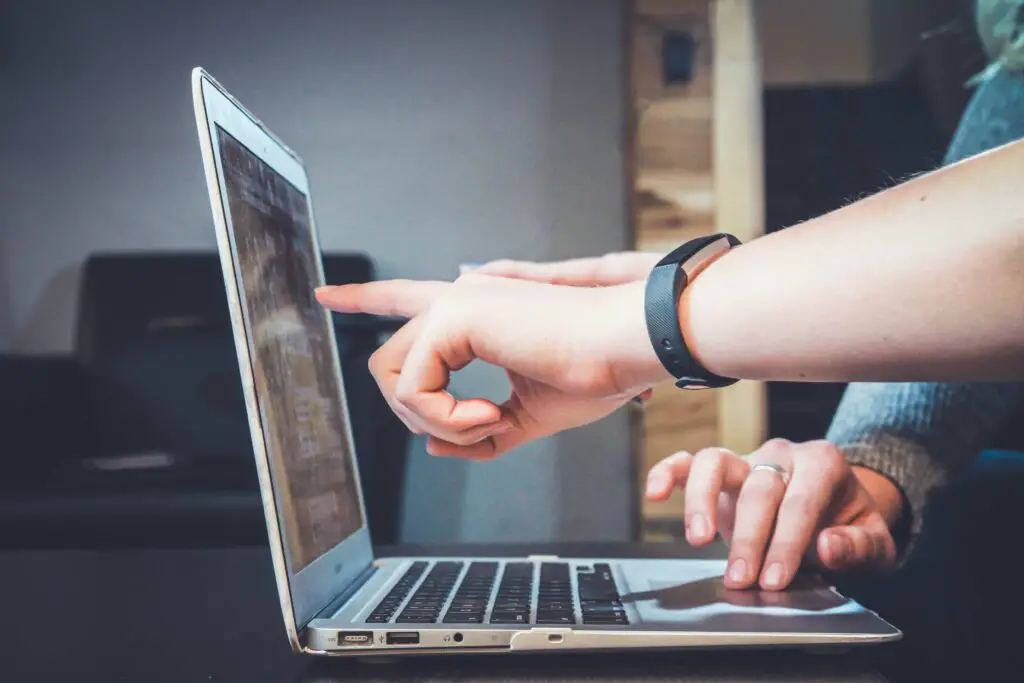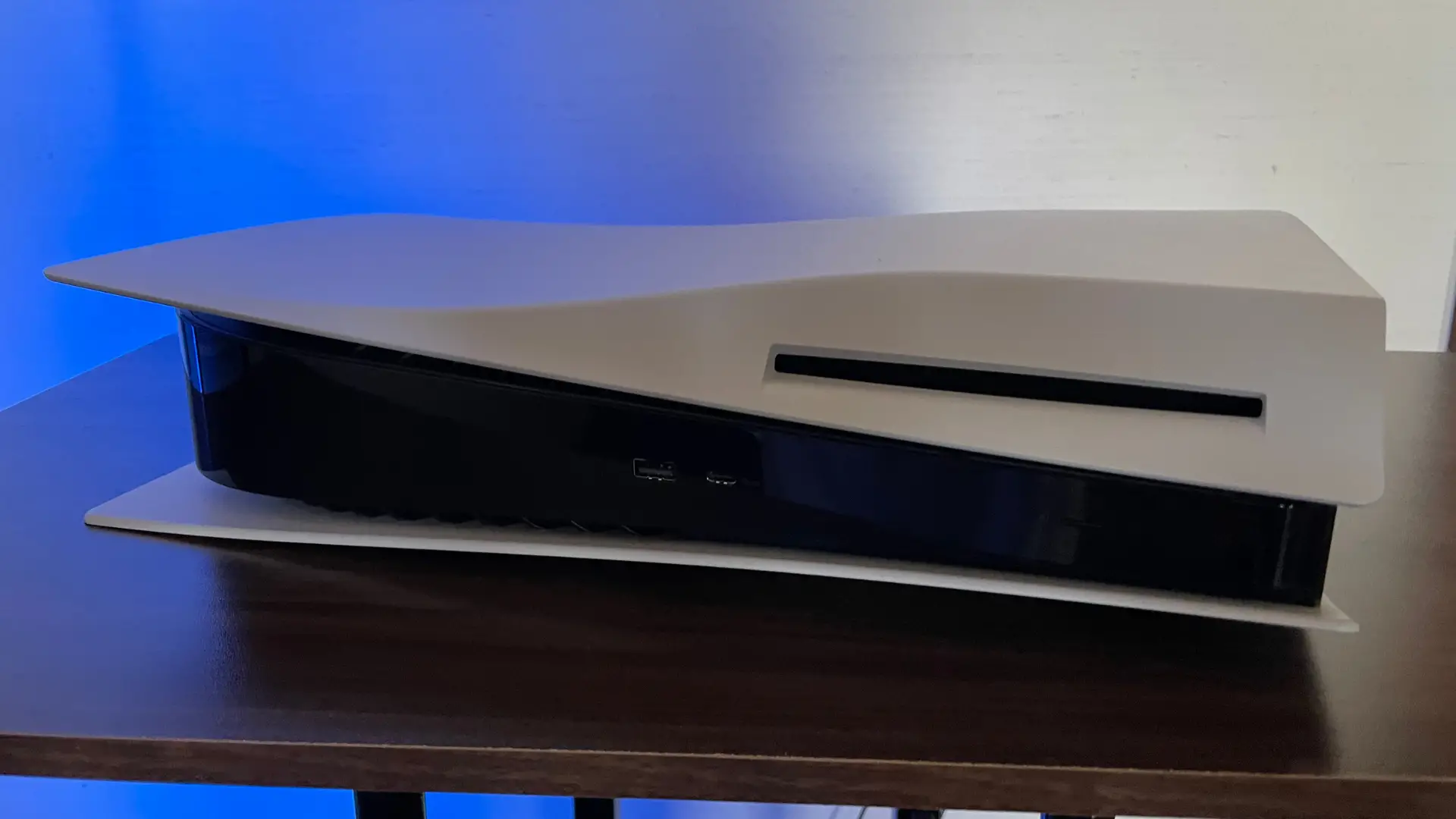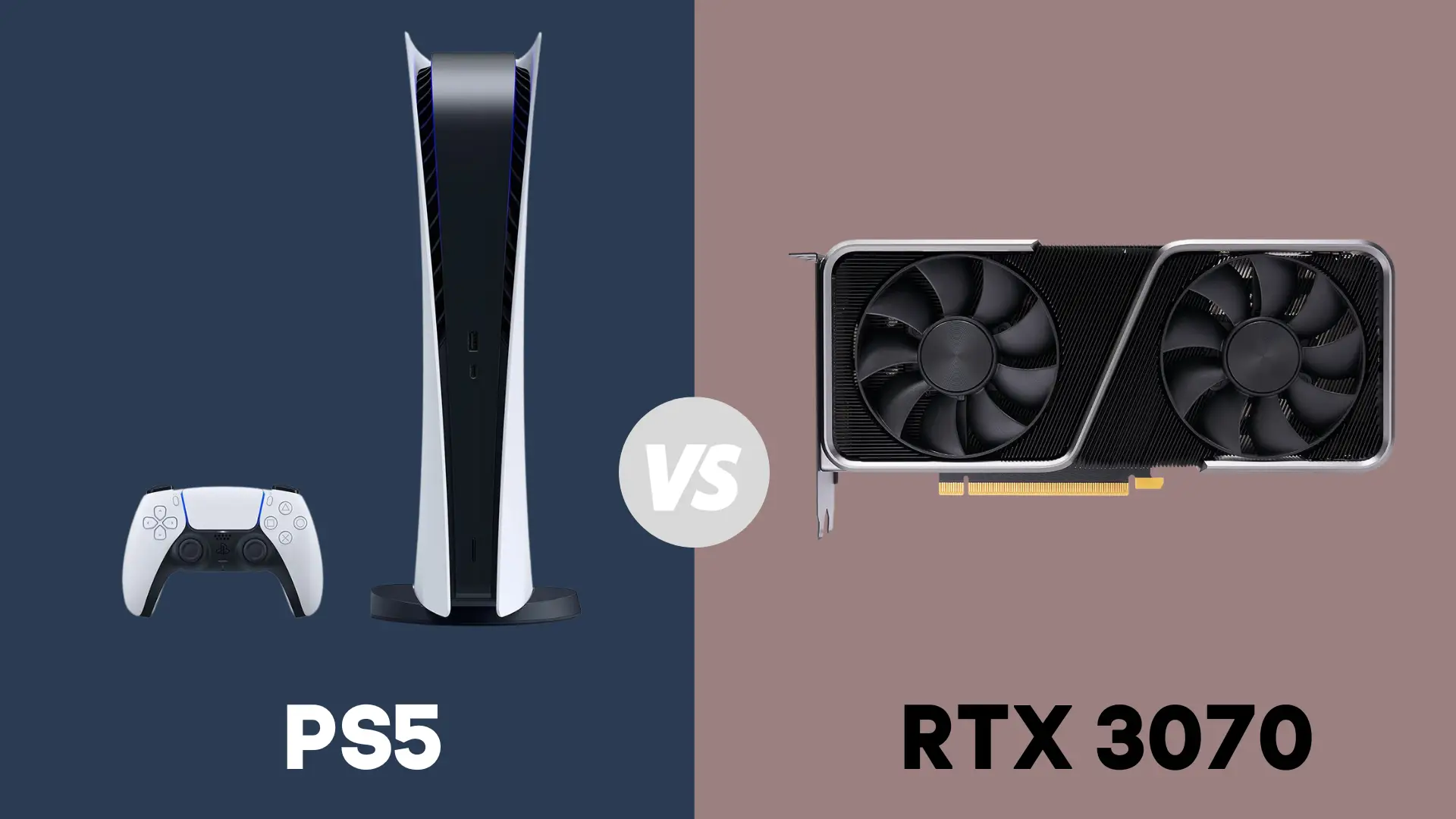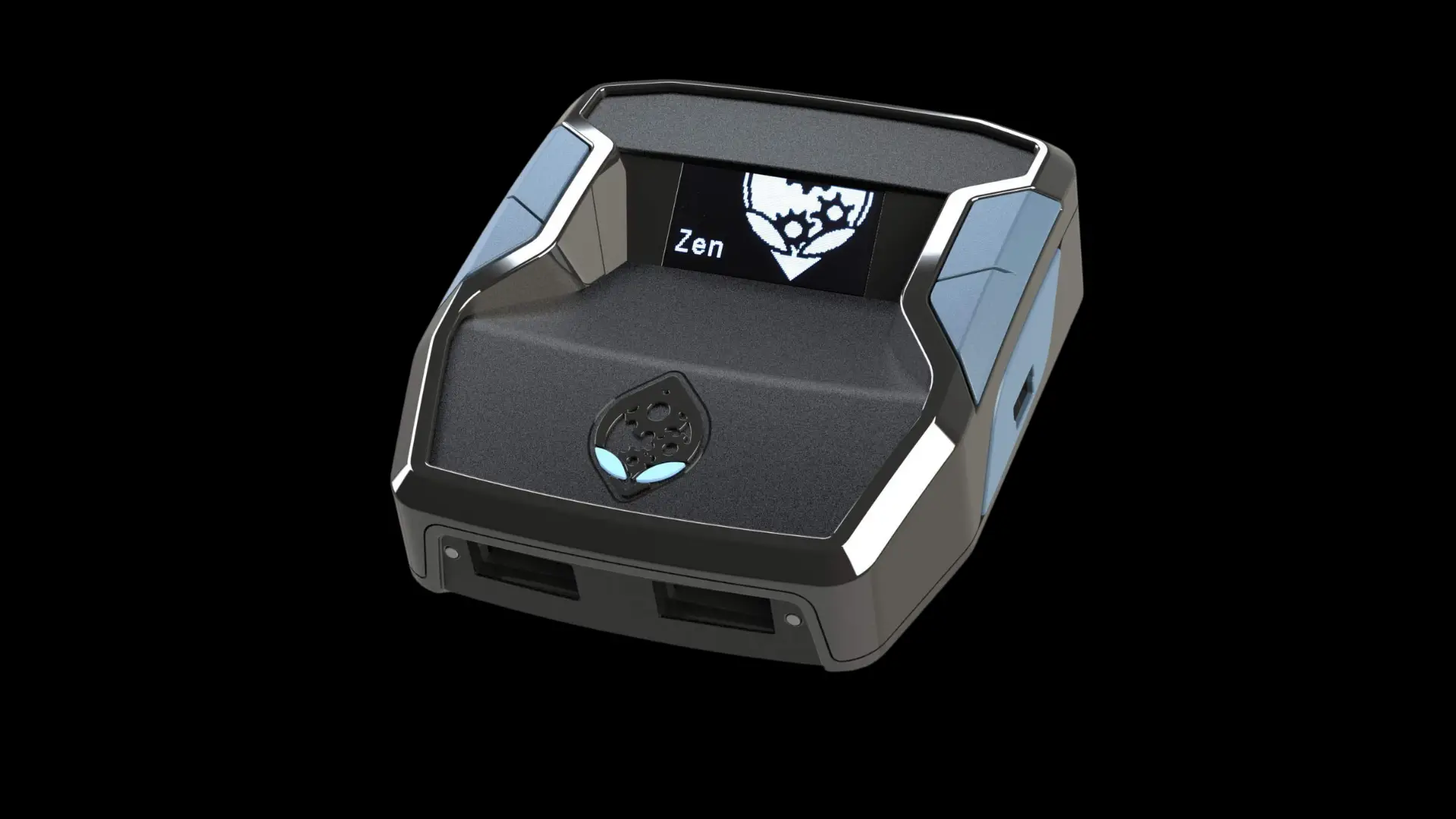Can you Charge a Fitbit with a Phone Charger?

We certainly do live a privileged life when it comes to technology—and it continues to get more and more privileged by the day. From tablets, PCs, game consoles, smartwatches to the latest phones, we have a lot of tech to choose from and contend with on a daily basis.
In a perfect world, you would be able to charge all of these different items with the same charger or charging system. However, as you already know, we don’t live in a perfect world, and most smart devices now are proprietary, including the means by which you can charge them.
The good news is that this is not always the case. Some of your devices may be charged with the same charger, but it all depends. The main factor that comes into play is the type of charging cable you have and the kind of connectors it has. Some have USB-A, some USB-C, and most Apple products now use the proprietary lightning connector. So which ones are compatible?
Many people ask if it is possible to charge a Fitbit with a phone charger.
The answer is yes, but it depends on a few factors. For charging cables, it gets a bit complicated and depends on the device you have. As for the wall chargers/adapters, as long as your phone charger connects from USB, you are able to interchange them.
Let’s take a deeper look.
A Bit About Fitbit
Fitbit was founded in 2007, and although it had a bit of a rocky start, Fitbit is now a real contender in the tech giant ring. Fitbit was also a bit of a disruptor in the smart watch industry. When initially launched, it seemed to be a glorified pedometer and one that had to battle with the likes of Garmin, who had previously dominated the pedometer market.
However, Fitbit took heart, and evolved. A basic pedometer no more—now, depending on the model you have, you have the ability to track not only your steps but also your calories, active minutes, heart rate as well as sleep quality.
As Easy As USB-A, B, C, D
However, since getting started, Fitbit has been notorious for their specialized and propriety charging cables that were not only incompatible with phone cables, but often not even compatible with other Fitbit devices
. This was especially frustrating if your Fitbit charging cable or dock has been broken or lost. While this is still the case with most of Fitbit’s current devices, there looks to be strides to more compatibility across devices.Not many people are aware, but Google had acquired Fitbit in 2019. So what does this mean when it comes to charging your Fitbit? Well, it looks like there may be more compatibility with chargers, at least in Google’s technological realm. Google has been using USB-C chargers in their devices for some time now. And, take a wild guess what type of charger Fitbit’s newest model—the Luxe takes? Yup. You guessed it. A USB-C!
If this trend continues, that means that you will be able to interchange both your phone’s charging adapter and charging cable (that is, if you are using a Pixel, or any other USB-C phone).
Everybody has a Type
So what type of charger your Fitbit requires depends on the type of Fitbit you own. Each different type has a different requirement for a dock or charging cable. There are a lot of models out there, and Fitbit differentiates between full-on smart watches and basic trackers. Here are what the current models require for charging cables
- Fitbit Sense: Slim cable that has regular USB on one side, and a specialized connector on the other. Only compatible with the Fitbit Versa.
- Fitbit Versa: Slim cable that has regular USB on one side, and a specialized connector on the other. Only compatible with the Fitbit Sense.
- Fitbit Charge: A cable with a regular USB on one side, and a specialized connector that plugs directly into the device on the other. Not compatible with other devices.
- Fitbit Luxe – A cable with a regular USB on one side, and a USB-C on the other. This cord/cable is compatible with any other USB-C type devices!
- Fitbit Ace: A cable with a regular USB on one side, and a specialized connector that plugs directly into the device on the other. Compatible with the Inspire.
- Fitbit Inspire: A cable with a regular USB on one side, and a specialized connector that plugs directly into the device on the other. Compatible with the Ace.
Adaptive Adapters
So what about the adapter from your phone? The part you plug into the wall– are those compatible with any of the Fitbit Devices? Yes! Absolutely they are, as long as your phone charge/adapter has a USB port on it, you are able to plug any of Fitbit’s charging cables or cords into it.
But is it Safe… Check Your Spec
However, as per Fitbit’s own recommendations, make sure to use a UL-certified USB wall charger. That is, in that it has a seal of approval from the Underwriters Laboratory to ensure that the product meets minimum requirements and specifications. If not, it could damage your device or the charger. Luckily all phones should come with a charger that is UL-certified, but check to be sure.
If you have an UL-certified USB wall charger, you are good to use it anywhere and anytime! It will not cause damage to the battery or the device, and it is safe to charge for prolonged periods of time!
Final Thoughts
There you have it. Your phone wall charger/adapter is certainly compatible with any Fitbit device, as the charge cable is a standard USB. Assuming you have a device that is UL-certified that is. The cord/cable is a different story. You must use the type of cord that came with the Fitbit. If you break it or lose it, you will need to buy another from a certified supplier or Fitbit themselves. However, this may all be changing with the introduction of the USB-C connector on the Fitbit Luxe. Time will tell.
Happy Tracking!
- How to Pair Meta Quest 3 Controllers with Your Quest 3 Headset: A Quick Guide
- How to Charge Meta Quest 3: A Guide to Powering Up Your VR Experience
- How to Cast Meta Quest 3 to Samsung TV: A Step-by-Step Guide
- How To Factory Reset Your Meta Quest 3: A Step-by-Step Guide
- How to Power On and Off the Meta Quest 3





